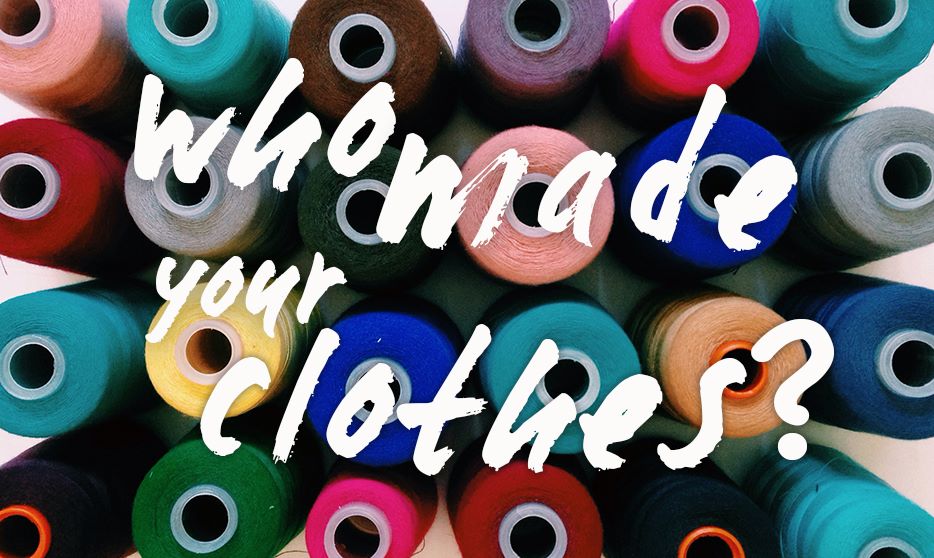We want to know where their food comes from—why wouldn’t we also think about where our clothing comes from?
Believe it or not, fashion industry’s supply chain is even harder to navigate than the agricultural sector. The process for clothing manufacturing doesn’t start at factories like Rana Plaza—before garment workers can sew the fabric, the fabric needs to be made and designed. For the fabric to be made, the fibers need to be treated. For the fibers to be treated in the first place, the raw material needs to be picked…
With each step of the process, there are questions that need to be asked—Is the process for picking the raw material ethical and environmentally-friendly? Are farm hands picking cotton of legal working age and earning a decent wage? What dyes are being used for the fabric? Are they toxic? How are the working conditions of the garment factories?
Then what happens when the clothes leave the factory is an entirely different story altogether. Distribution. Marketing and advertising. Selling. The parts of the industry that the average person is the most familiar with.
Unfortunately, the real behind-the-scenes of the fashion industry—the not-so glamorous factories, the impoverished workers—continue to be overlooked. The stories of those who lost their loved ones and their livelihoods as a result of the Rana Plaza continue to be overlooked.
One Norwegian reality television show, Sweatshop: Deadly Fashion, sent three fashion bloggers to work at a garment factory in Cambodia. In the trailer, one of the young women cries and asks the camera, “What kind of life is this?”
There are movements in place to raise more awareness of these controversial issues surrounding the fashion industry among consumers, the strongest being Fashion Revolution Day held on April 24, which commemorates the anniversary of the Rana Plaza collapse. Fashion Revolution Day invites people to ask themselves the big question—who made your clothes?
Fashion Revolution Day: A Day to Ask #WhoMadeMyClothes? | The Huffington Post
Rana Plaza: rallies in Bangladesh as victims await compensation | The Guardian
DNA of 135 Rana Plaza Victims Still Not Found | BBC News
‘Human Cost of Cheap Clothes’: Retail giants fail to pay Rana Plaza victims compensation | RT


No comments:
Post a Comment